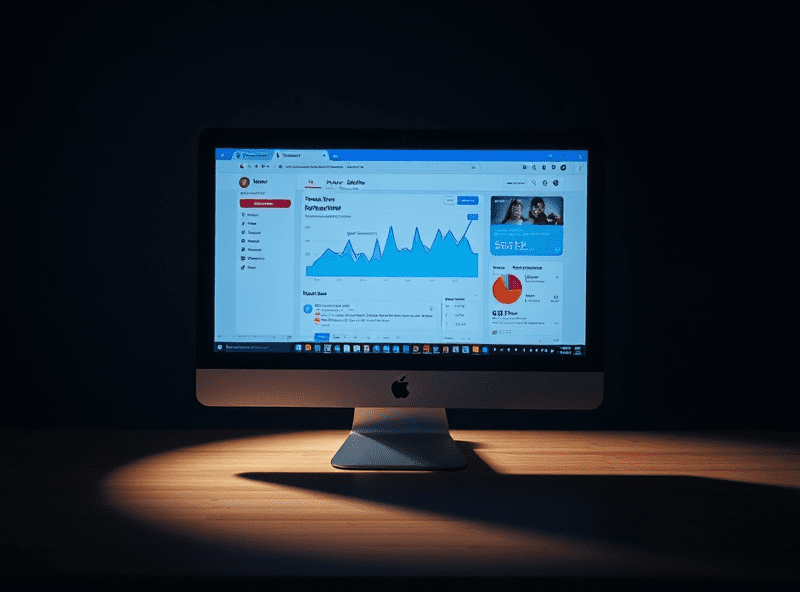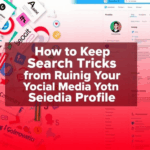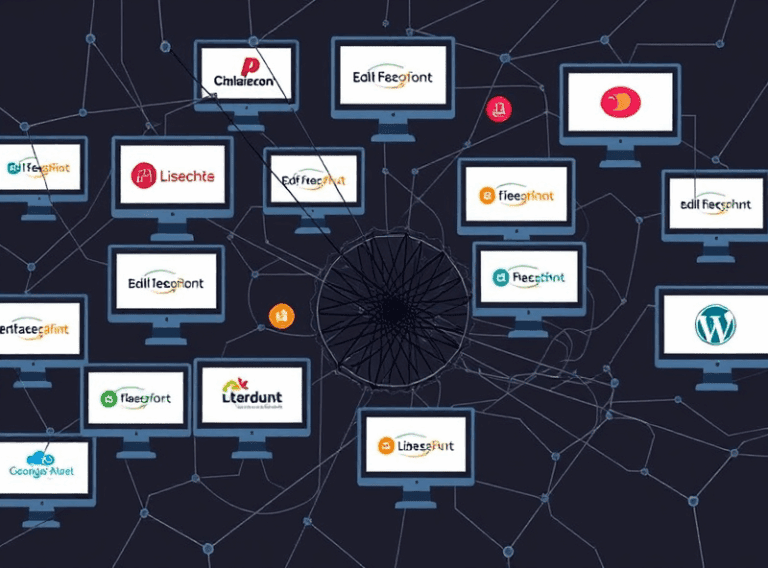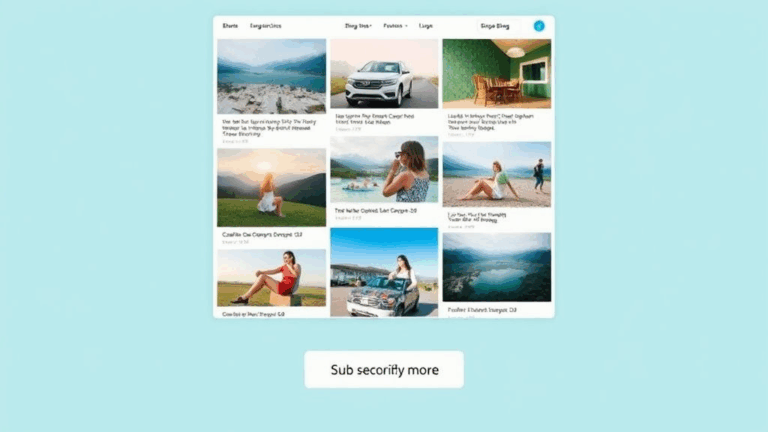Fixing AdSense Integration Bugs on Social Media Embeds
AdSense scripts fighting social media widgets
- First time I dropped an AdSense auto ad on a Shopify store with embedded Instagram posts, all the CSS went haywire and my footer vanished. I assumed a broken div… turned out AdSense’s shadow DOM hijacked some parent node height calc.
- AdSense loves injecting iframes relative-positioned with ‘z-index: 2147483647’ – which nukes anything else trying to use the same stacking context, especially social preview embeds loaded via JavaScript. Happens a lot with TikTok and Pinterest widgets.
- The worst combo is AdSense + Twitter embeds using their old platform.js. When both are async loaded and race each other, Twitter widgets sometimes never re-render. Especially if more than 3 are dropped in a single DOM update batch.
- I now isolate social widgets into server-side-rendered blocks, then explicitly defer the AdSense script until after window.onload. Makes it clunkier to tune CLS scores, but it’s the only consistent fix I’ve found that doesn’t need MutationObserver juggling.
- One rare fix I found: calling `window.adsbygoogle.push({})` manually *after* social widgets stabilize DOM. Makes the ad rendering trigger at the right visual point, avoiding layout thrash.
Scrambled ad performance from social bounce traffic
- Reddit traffic behaves like a possum on AdSense. You can get massive bursts of visitors with zero engagement. CTR looks fine, RPM takes a dive. But if you check countries and browser versions, it’s often Firefox on Android with Enhanced Tracking Protection choking the ads downstream.
- AdSense metrics for traffic from Instagram links (especially mobile Safari on iOS) are often underreported or flaky around CPC. I didn’t get why until someone pointed me to how long Instagram in-app browser keeps DOM in memory after navigation. Ads literally don’t rerender sometimes.
- Prettiest bounce I ever saw: a link from a viral TikTok brought 70k users in 12 hours. Average session time? Seven seconds. One guy clicked an ad and that alone made the whole campaign break even.
- If you’re segmenting performance between organic vs paid social, don’t trust AdSense’s built-in channel data. UTM medium gets dropped on some shared links inside Facebook Messenger previews. Use a backend parser or log hits directly somewhere else (I use a Netlify function).
Janky render order between ad slots and share buttons
- If you’re running sticky share buttons (like AddThis, Shareaholic, or even simple floating custom fabs), and you drop AdSense auto ads with “anchors” enabled, the share UI often jumps or gets hidden under the ad bar.
- The solution isn’t CSS priority — it’s turning off “anchor” ads in AdSense entirely and manually rendering responsive display units above the footer inside a div with a fixed 90px-height buffer.
- Facebook’s SDK injects new DOM nodes based on user scroll-time-position in some share plugin versions. That messes with dynamically-sized ad units — if you don’t give the ad’s container a fixed height, it collapses mid-scroll and tanks LCP.
- I didn’t notice for weeks that WhatsApp’s share plugin (mobile-only) uses in-line window.open to launch. That crashes visibility tracking if the ad container is partially in-view. You end up with ghost impressions.
CDN caching ruining social preview + ads combo
- SquareSpace + Cloudflare + auto ads = cached OpenGraph previews with server-side HTML that doesn’t contain the ad scripts. Also means bots (like Twitter card validator) never see the ads, which still ends up counting in some impressions sets.
- If your site pre-renders OpenGraph with SSR (i.e., Next.js using getServerSideProps) and also loads ads client-side, Facebook’s crawler logs zero ads, but you’ll sometimes get invalid activity warnings in AdSense. I had to throw bots onto a separate rendering route with no ads at all.
- The workaround that finally worked: serving ads behind a lazy hydrate script only if navigator.userAgent doesn’t match
facebot|twitterbot|slackbot|linkedinbotin a simple regex. - Still, preview logs from Discord embeds would occasionally trigger ad container loads early, even when the bot didn’t match. Took days to realize it’s some VPN-forwarded crawlers identifying as Chrome Headless. Short of IP matching, I gave up and started rendering ads exclusively post-interaction.
How social redirects mess with smart ad units
- If you’re using URL shorteners like Bitly or Rebrandly on social and auto-ads are geo-adaptive (showing different units per country), the referrer chain gets butchered. AdSense reads internal redirect URLs instead of the original domain and screws up targeting.
- Also: Facebook external click-in opens links with a redirect shim (`facebook.com/l.php`), stripping any custom query string logic you had for triggering region-specific ad behavior.
- I once had a fallback ad unit that only showed on `/?from=facebook`, which never triggered because of how Facebook strips params. Had to switch to hash-based routing (`#fb`), which is janky but respected in SPA environments.
- One insane chrome extension, for context anonymization, added a garbage param (`utm_proxy=id4368`) that made AdSense treat the URL as new and rebuild auto ad placements every session. Tracking was almost impossible until I realized the page path never matched stored layout rules.
Broken revenue share tracking across embedded platforms
- If you’re using a 3rd-party CMS like Medium or Substack and trying to inject AdSense snippets via a widget or HTML block, you’ll often get unexpected behavior — like showing ads with someone else’s publisher ID.
- This happened to me on a Ghost blog backed by a community theme. The dev hardcoded ad slots with fake IDs as demo content — and AdSense auto-approved them because the verified domain matched. Took a full month before I even noticed my revenue was bypassed completely.
- Also beware of copy-pasting AdSense code from WordPress plugins. More than one has hardcoded test ad units or ancient display types that flag as invalid traffic if repeated across different sites. I got a policy warning for that — and it was my own plugin years ago.
- Fun twist: If someone else embeds your site in an iframe (even sandboxed) as part of an aggregate social feed or widget box, it can still trigger ad renders if lazy loading isn’t enabled. Instant invalid traffic warning. Got one from a Pinterest clone scraper farm that was unironically scraping my NBA mock drafts.
Ad block vs. social share blocker collisions
- Some modern ad-blockers block both `














